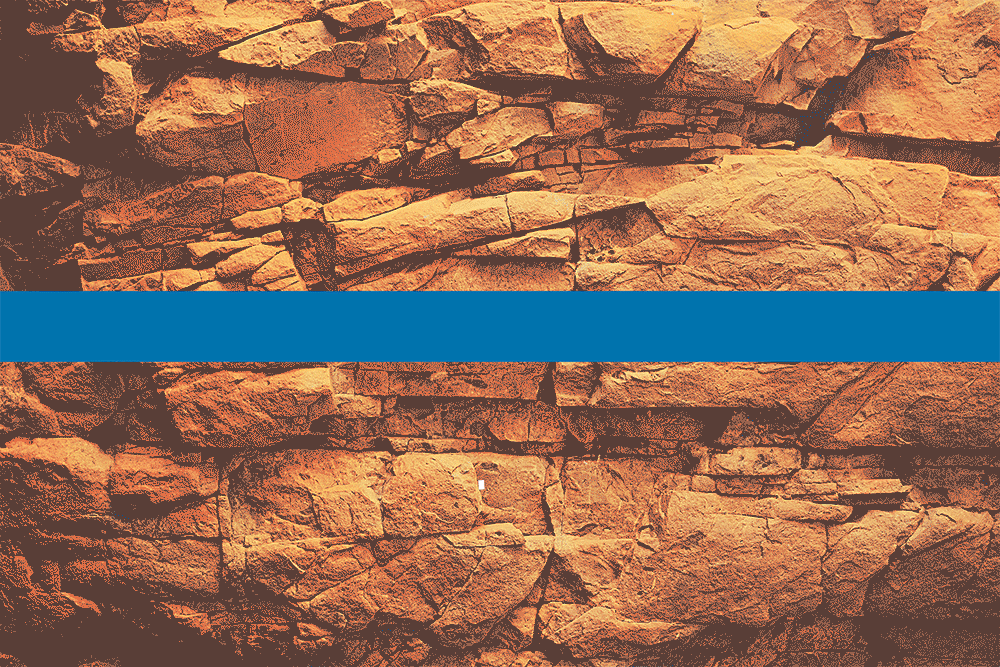Because it is what most people equate with, a building’s aesthetics are crucial to the overall success of a structure. In order to effectively meet the architectural requirements of a construction project, high-performance materials should offer a variety of aesthetic options.
Precast concrete makes it simple to include a huge selection of various colors, textures, and finishes in any project. There are many different colors, textures, and other options for façade treatments, including thin brick, stone, tile, and others.
Precast concrete is flexible and may be formed into many various shapes, including radial and orthogonal shapes. It also expands design possibilities by enabling the use of colors, aggregates, cement, sandblasting, and acid etching.
Precast concrete is utilized as a structural system for structures, parking garages, and bridges and as an architectural product for building envelopes and other purposes. It is a high-performance substance that works well with other systems and offers a wide range of advantages, such as adaptability in several important areas.
Color and Form
Precast concrete offers outstanding aesthetic flexibility, from offering a variety of hues and textures to creating shapes, patterns, and extremely elaborate details. Precast can mimic or be veneered with natural materials, preserving all of their beauty while offering speed, durability, and a host of other advantages.
Precast concrete can accurately mimic the textures of various materials, allowing you to create any look for your walls and fences. Precast can deliver that to you in a fraction of the time and at a fraction of the expense, whether you’re going for the rocky appearance of chiseled slate, the warm feel of brick masonry, or the natural feel of wood.
Precast concrete can be created to match the appearance and texture of wood, stonework, brickwork, slate masonry, and more. These kinds of walls are typically quite expensive and difficult to maintain. Additionally, they are not nearly as stable or strong as precast concrete. Precast concrete that has been styled offers the best of both worlds.
Concrete’s dull gray hue is one of the most noticeable flaws in terms of aesthetics. Few things appear, feel, or are more visually uninteresting than plain old concrete. On the other hand, precast concrete is available in a wide selection of welcoming hues that let you be creative with your design. It gives you control over the project’s color scheme.
Facade Options
The designer can almost have unrestricted artistic freedom and flexibility while sculpting architectural precast concrete into an articulated structure. Concrete shapes can be rounded or radiused in addition to being contained inside flat surfaces. Building façades with distinctive, sharply molded elevations and flat inner wall surfaces can be created using sculptured panels. Any free-form shape, including high and low relief, geometric designs with straight lines, and others, is feasible. The primary visual effect of precast concrete units is created by the light and shadow effect created by shaping the outside surface.
Precast eliminates the need for numerous goods and crafts to build a facade with various components, including a base wall, window surrounds, coining, beltlines, and pediments. One precast concrete panel can be used to generate all those components and more, doing away with the requirement for several slip joints, frequent expansion joints, flashing, and other moisture control elements.
Clay Faced Precast
Precast concrete with a clay product face is another option that is being utilized more frequently to provide a beautiful façade that blends in with the nearby structures. The strength, adaptability, and affordability of precast concrete are combined with the visual appeal of conventional clay products, giving the architect more creative freedom. Brick, ceramic tile, porcelain, and architectural terra cotta are some elements that can be included with precast concrete. These can provide accents by covering the full exposed panel surface or just a portion of the concrete face.
Precasting processes enable detailed and sophisticated elements like arches, radii, elaborate corbels, and many bonding patterns. Site-laid-up brickwork is inefficient for achieving this freedom of aesthetic expression. Additionally, precasting enables a high degree of dimensional accuracy and quality control.
Formliners
By casting against different kinds of form liners, concrete’s plasticity allows creativity and unique character to be expressed in the surface textures, patterns, and shapes. Because of the interaction of light and shadow, a vast pattern can provide constantly shifting details. Precast with a delicate texture will have an appearance that is muted but not boring. Surfaces with form liner roughness can also hide minor flaws that would otherwise be seen on a smooth as-cast surface, giving the surface a more uniform appearance. The possibilities for combination finishes, which combine one or more fundamental finishing techniques with form liners, are virtually limitless with precast concrete.
Historical Matching
Even on low-budget constructions, precast offers a cheap option to add vintage facade components. To convey historical context on a budget, precast producers can simulate stone and brick and even replicate materials that are hard to get or are no longer in production.
Weathering
Weathering, or how a structure’s appearance changes over time, should be considered while designing it architecturally. All exposed surfaces are subject to weathering, which cannot be disregarded. Weathering can either improve or hurt a building’s aesthetic appeal, or it can have no noticeable impact. The final indicator of weathering’s impact is how much it alters a building’s original appearance and distorts its creator’s original intent through streaks or shading.




